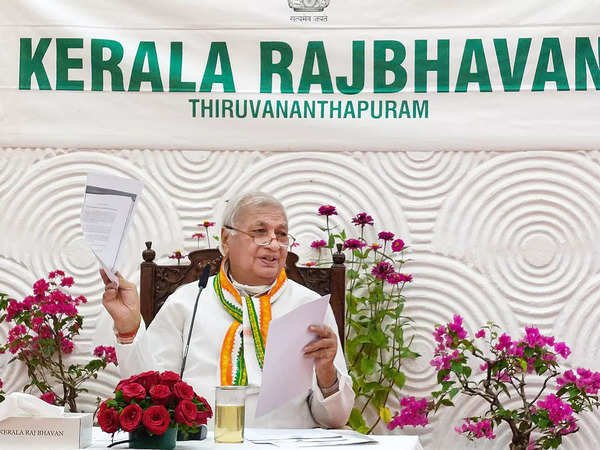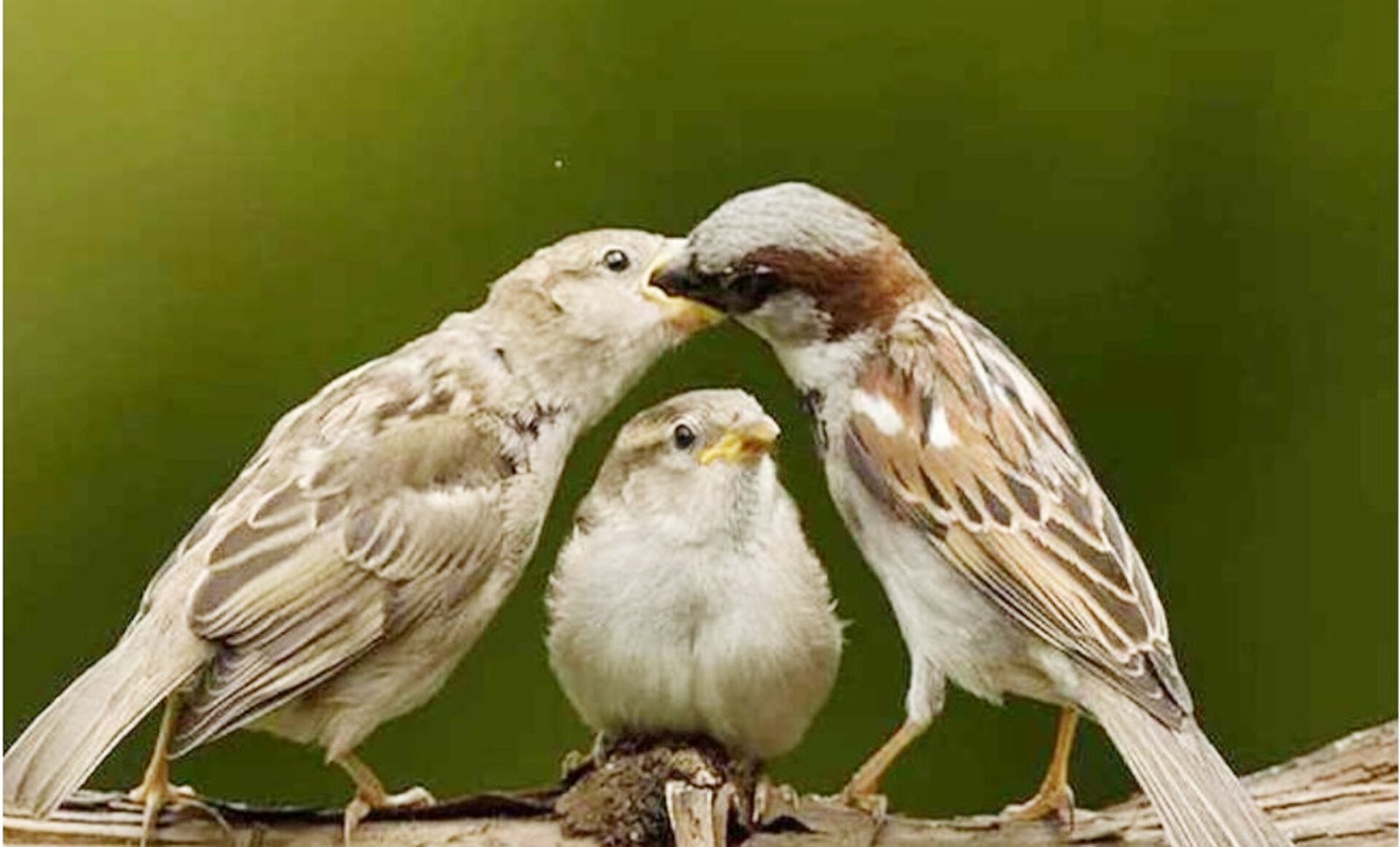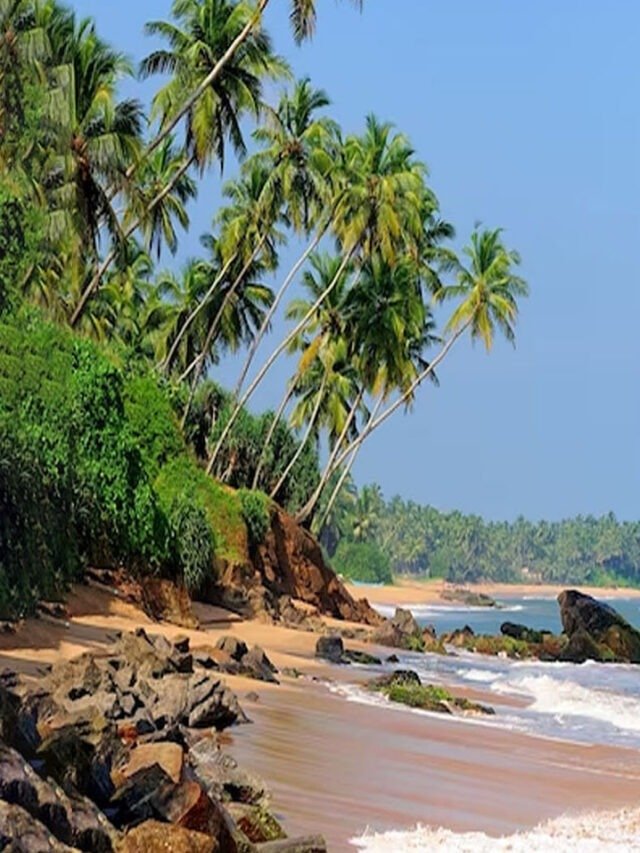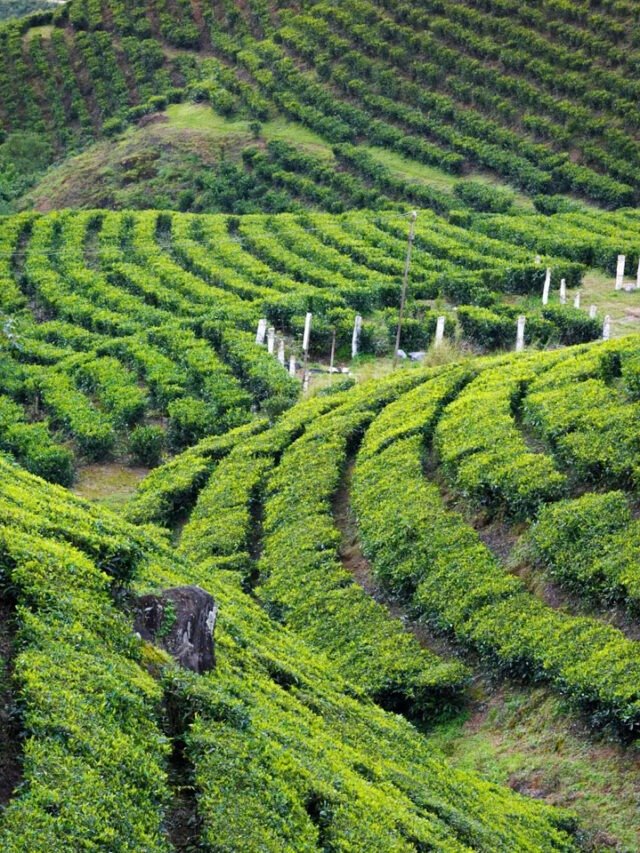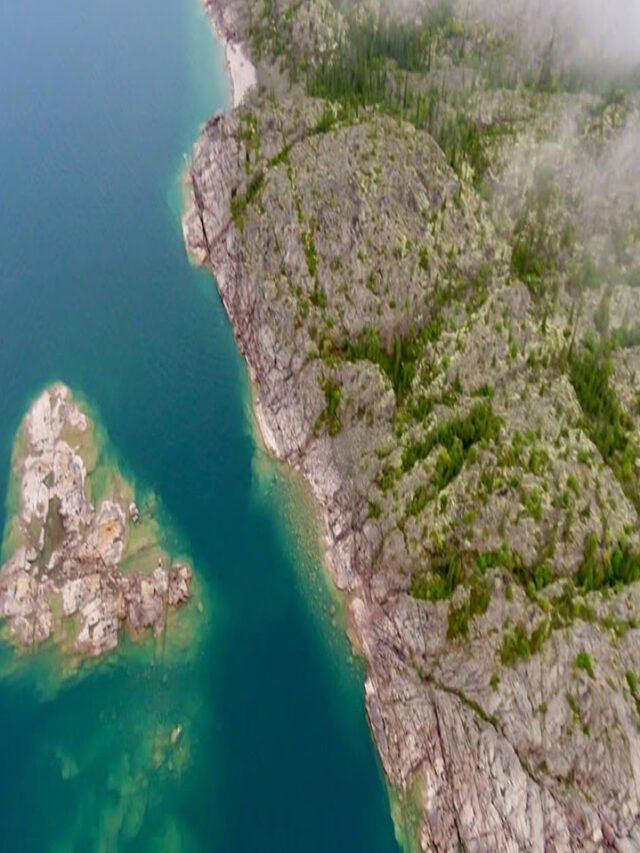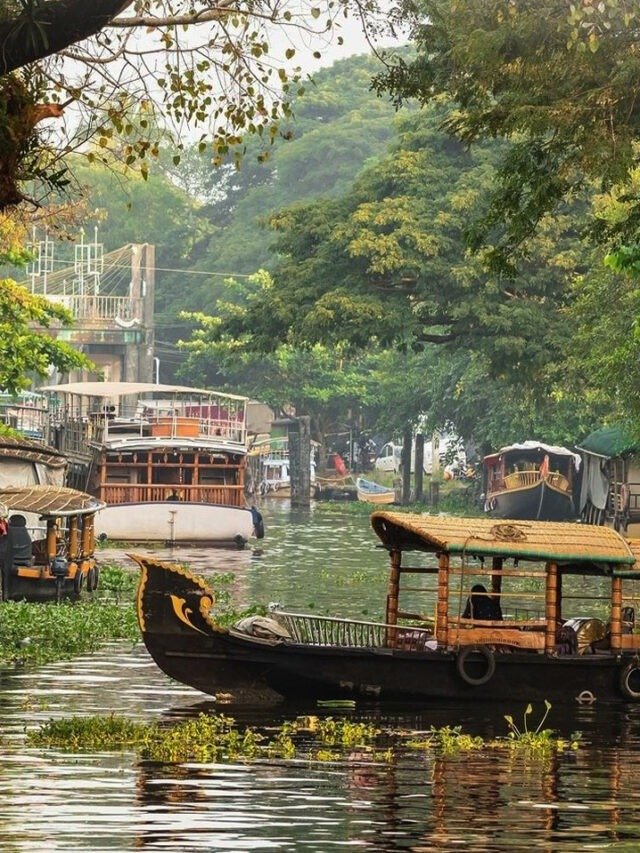THIRUVANANTHAPURAM, May 3: Heavy pollution from industries in Greater Kochi is getting into the water, which is then getting into fish and shellfish, making them dangerous to eat because they have harmful metals, according to a new study.
The study by the Department of Marine Technology, Cochin University for Science and Technology (CUSAT), and the National Centre for Coastal Research, NIOT Campus, Chennai, revealed heavy metal contamination in various species of fish and shellfish in the Cochin Estuarine System (CES) in backwaters from Aroor in Ernakulam-Alappuzha border to Eloor, the industrial belt of Kochi.
The report published in the international science journal Springer said that at least three metals, zinc, cadmium, and chromium, exceeded the toxicity threshold outlined in the sediment quality guidelines, and cadmium and lead exceeded the standards of the Food Safety and Standards Authority of India and the Food and Agriculture Organisation.
The presence of cadmium in the muscle tissues of fish and shellfish considerably increases the cancer risk in humans.
“The carcinogenic risk index indicates that cadmium may lead consumers to a chronic cancer risk,” the report said.
All the dissolved metals in the backwaters in Kochi showed higher concentrations compared to all other estuaries in the world, the report said.
However, the people of Ernakulam and Alappuzha districts, who are major consumers of the catch from the backwater, can breathe easy now as the study revealed that the estimated daily intake is very low compared to the permissible intake limits, and thus the potential health hazard from most of these metals were found to be low.
But the study, titled ‘Bioaccumulation of heavy metals in seafood resources from the southwest coast of India: human health risk assessment and importance of seafood security’, pointed towards possible long-term risks, especially due to the intake of metals like cadmium and lead.
It also urges the administration to take immediate steps to prevent contamination of the water resources in the Cochin backwaters.
The water resources in Kochi, the commercial and industrial hub of Kerala, face increasing pressure from commercial and industrial activities, with approximately 95 per cent of red-category industries concentrated in Greater Kochi, located within the northern side of the estuary.
Furthermore, contaminants from the adjoining Periyar River exacerbate coastal water pollution, posing a threat to fishery resources and other marine life.
According to a study by the NGO Greenpeace in 2003, the lower Periyar has been described as a cesspool of toxins with alarming levels of heavy metal pollution. Various studies have underscored the severity of heavy metal pollution in the water and sediment of this area, according to the report.
The Cochin Estuarine System stands out as one of the largest estuarine systems, which sustains exceptional biodiversity and functions as a crucial breeding and nursery habitat for diverse fish and shellfish species.
It constitutes the northern segment of the Vembanad estuary, designated as a Ramsar site in India, with an annual fish landing of 3906.33 tons. Fishing has been a vital source of livelihood for the residents along the estuary.
But, the contamination of the water resources in the area is posing a greater health risk to the people, as the bioaccumulation of heavy metals in fish has almost reached its threshold level.
“The health risk index indicates that consumers are in close proximity to experiencing the synergistic effects of heavy metals, and the most influential heavy metal during risk analysis was cadmium,” Neethu Xavier, lead author of the paper, told PTI.
She said that the study recommended a regular monitoring programme for all the heavy metals across a broader range of fish species within the study region.
According to the study, the heavy metal zinc is most consumed, followed by copper, magnesium, nickel, chromium, lead, and cadmium in fish and shellfish.
For the analysis, the study sourced all the study materials from the commercial fisheries catch in the area, representing native edible species with high consumer demand in Kerala.
The study, which divided the Cochin Estuarine System into three zones, found that the northern zone has the highest metal accumulation compared to the central and southern zones.
This aligns with previous findings of elevated metal concentrations in sediment and water on the northern side of the estuary, the study said.
The presence of heavy metals in fish tissues was higher during the pre-monsoon and post-monsoon periods. The contamination was reduced during the monsoon season.
During the monsoon season, substantial rainfall and an increase in the water flow reduced the metal concentration in backwaters and rivers, the study said.
“The results indicate the need for regular monitoring and risk assessment of heavy metals, especially lead, cadmium, and chromium, in seafood resources across coastal areas to ensure food security,” Neethu Xavier said.
She said the study has not categorically talked about addressing the solution but broadly indicated the need for urgent action to contain the pollution of the water resources in the Cochin Estuarine System and reduce heavy metal contamination of fish and shellfish. (PTI)



